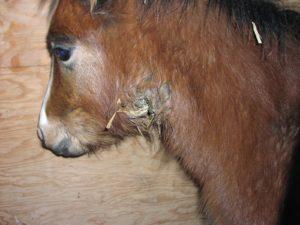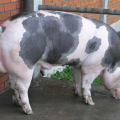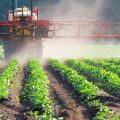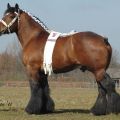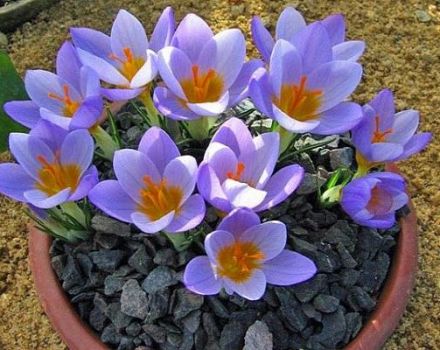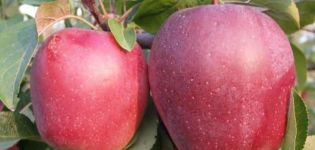Characteristics of the Yakut horse breed, care, maintenance and breeding
Some farmers are raising horses. People who live in the northern regions are recommended to breed Yakut horses. The fact is that this breed is adapted to a harsh climate, where low temperature indicators prevail. Before raising such animals, it is necessary to familiarize yourself in more detail with their characteristic features.
History of the origin of the breed
Many historians consider the Yakut breed to be one of the most ancient. The remains of such animals have been repeatedly discovered during archaeological excavations in the permafrost layer. According to archaeologists, these horses have existed as far back as the thirtieth millennium BC. Some scientists are sure that the ancestors of these animals were ancient tundra horses. This breed has managed to survive to this day thanks to its well-developed musculoskeletal system, as well as increased endurance and ability to adapt to any climatic conditions.
Content region
Most often, such horses are found in winter and summer on the territory of the real tundra. The number of animals began to increase in 1988, when a herd of horses was released on one of the tundra sites. During the first few years, the animals managed to develop an area of more than 150 square kilometers.
Until today, three varieties of the Yakut horse breed have been formed. The first type includes the Srednekolymsk and Verkhoyansk horses. The second type is considered to be more thermophilic, and therefore many call it southern. These horses are smaller and are not crossed with other horse breeds. The third type is called factory. Animals belonging to this group are distinguished by their large size and resistance to low temperatures. Most of the Yakut horses live in the valleys near the Lena River. Sometimes they are found in the Kolyma basins.
Feature and Description
To get acquainted with such a breed in more detail, you need to understand its description and characteristics.
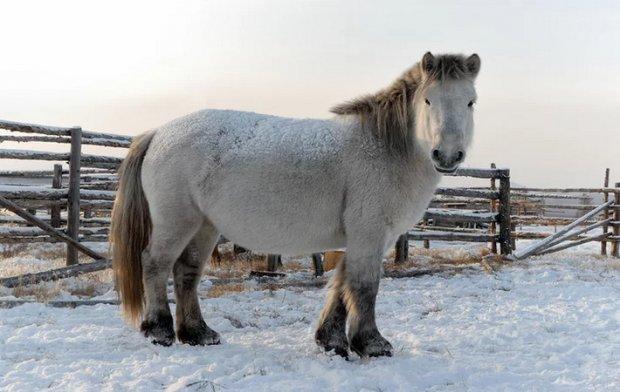
Exterior and suits
In order to predict the performance of a horse, it is necessary to assess the exterior. Animals have a rather non-standard appearance and large dimensions. However, there are other exterior features that should be mentioned:
- strong physique with a lot of muscles;
- large chest;
- wide back;
- thickened skin;
- thick wool;
- strong hooves;
- big head.
Adult horses grow up to one and a half meters in height. The average body weight is 550-600 kilograms. In this case, the chest girth sometimes reaches 185 centimeters.

Speaking of physical characteristics, the suit should also be mentioned. There are several color manifestations that are considered the distinctive features of Yakut horses:
- thick and black mane;
- dark markings on the coat;
- grayish-ash color.
Learnability and character
According to most horse breeders, Yakut horses are very smart and obedient. Adults do not show signs of aggression and therefore are considered completely safe. Their main difference is their quick wit. They can also independently predict the further development of some events. Horses are very emotional, they perfectly feel the human character and are able to remember the voices of people. Over time, they get used to their owners and to the animals that live next to them.

Productive qualities and use of the animal
There are two main ways of using such unusual horses:
- Horseback riding. This is considered the main purpose of such animals. Yakut horses are hardy and very stocky, which allows them to be used for movement even on snowy roads. Riding horses are used only as a means of transportation. For other work, they are completely unsuitable.
- Meat and dairy production. Some are raising horses for fresh meat products. Their meat is considered a real delicacy, from which many national Yakut dishes are prepared. They are also used for milk production. It has healing properties and is used in folk medicine.
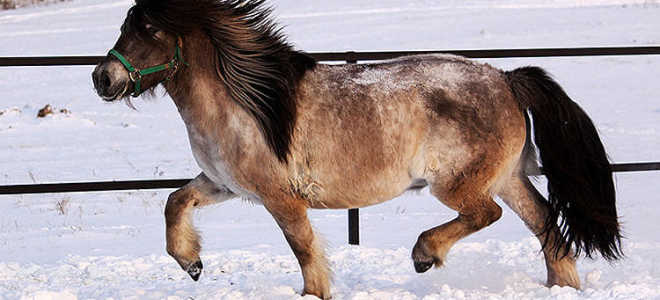
Advantages and disadvantages
Some people choose to look at different horse breeds by analyzing their main disadvantages and advantages. It should be noted that this breed has many advantages. Among the main ones are the following:
- ease of care;
- hard work;
- non-aggressive behavior;
- increased endurance;
- learnability;
- vitality.
However, there are some disadvantages that people may encounter when breeding the Yakut horse breed. Among the disadvantages are the unattractive exterior and the fact that such animals are not considered fully domesticated.
Care and maintenance of the Yakut horse
Every person who is going to raise horses should familiarize themselves with the peculiarities of caring for them.

Stable
First you need to figure out in which stables it is better to keep such horses. Experienced farmers do not recommend keeping them in completely enclosed barns. These animals are considered freedom-loving, as they are used to living in open spaces. Therefore, closed stables can negatively affect them. If it is not possible to keep them on the street, you will often have to let them out for a walk.
The best option is a farm, on the territory of which there is a lot of fenced space. In such areas, horses will be able to run freely and will not feel limited in anything.
Feeding and drinking
Such horses are considered unpretentious in the selection of food. They can even eat defective food. However, when grown on farms, they should be fed with foods that contain vitamins. Such nutrition helps to strengthen the immune system. Experienced farmers who have been raising the Yakut breed for many years advise adding more grain and hay to their diet. In summer, horses are given more fresh grass. You can also add ripe apples, potatoes, carrots and beets to your daily diet. Young horses are given chopped food to make it easier to chew. They need to be watered daily from a ten-liter bucket in the morning and evening.
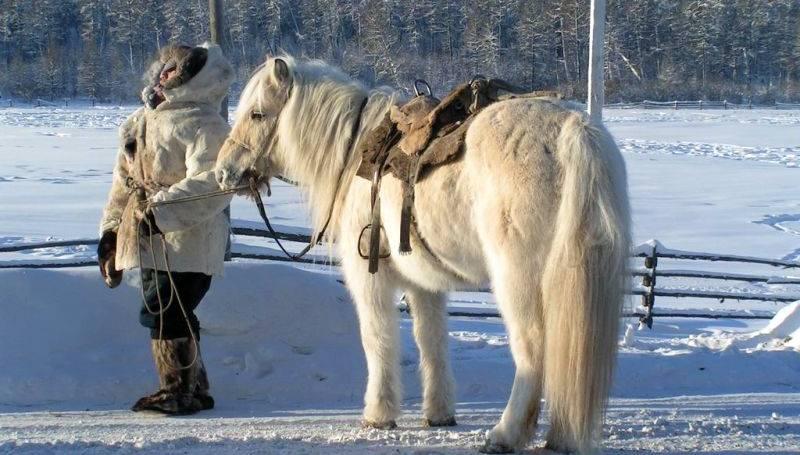
Hygiene and horse care
When carrying out hygienic care of a horse, the following procedures are carried out:
- regular brushing with a special comb of the tail and mane of horses;
- daily examination of the hooves and their cleaning with a horse hook;
- cleaning the back, head and neck with soft and hard fiber brushes;
- veterinary examination, which must be carried out once or twice a year;
- brushing your teeth with a sponge, which is carried out once every six months;
- washing eyes with warm water;
- daily rinsing of the genitals, which may contain fatty effusion.
Grazing
If possible, animals are released into the wild so that they can graze outside and eat fresh grass. This is done in late spring and in the first half of summer, when there is the most green grass. In the middle and in the second half of summer, there are fewer natural grazing areas. In this case, the animals will have to be given compound feed and hay again.
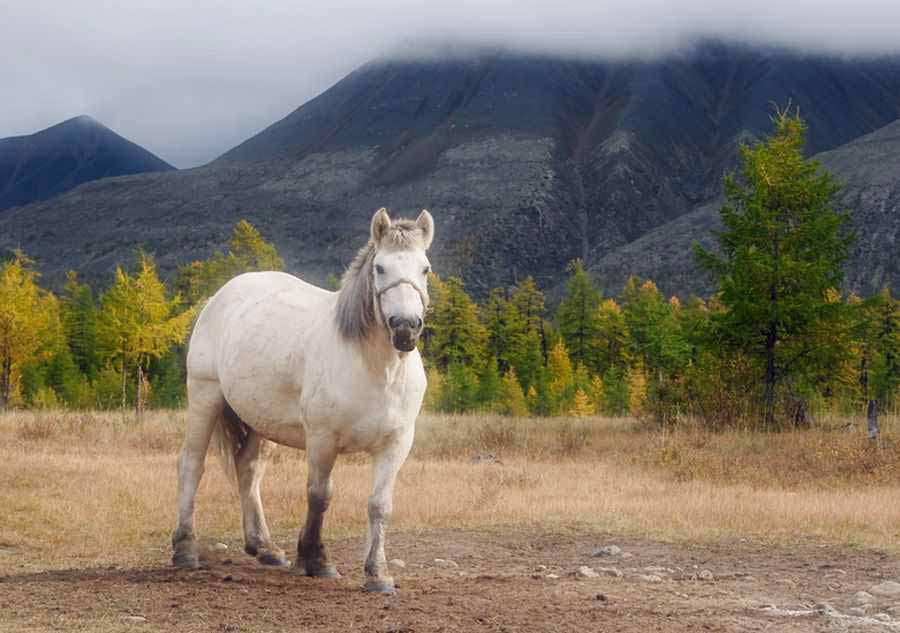
Horseshoe
Under natural conditions, horses live in areas with soft soil. It contributes to slight abrasion of the surface of the feet. At the same time, the regenerative processes in the animal are quite active, which allows the hooves to recover on their own. Animals that are raised on private grounds have to move a lot on harder surfaces. In such conditions, the hooves wear out many times faster and therefore they have to be shoeed. This will protect the hooves from damage and prevent excessive wear. You should not do a horseshoe yourself. It is better to entrust such work to a professional.
Vaccinations and disease prevention
To keep the horses on the farm from getting sick, it is necessary to regularly visit the vet and get vaccinated. Also, to maintain the health of horses, you need to do the following:
- installation of a separate feeder and drinker for each animal;
- drawing up a diet, which will include food with a sufficient amount of vitamins and other useful microelements;
- regular cleaning of used equipment;
- cleaning the stables at least 1-2 times a month;
- disinfection of the premises in which the horses are kept.
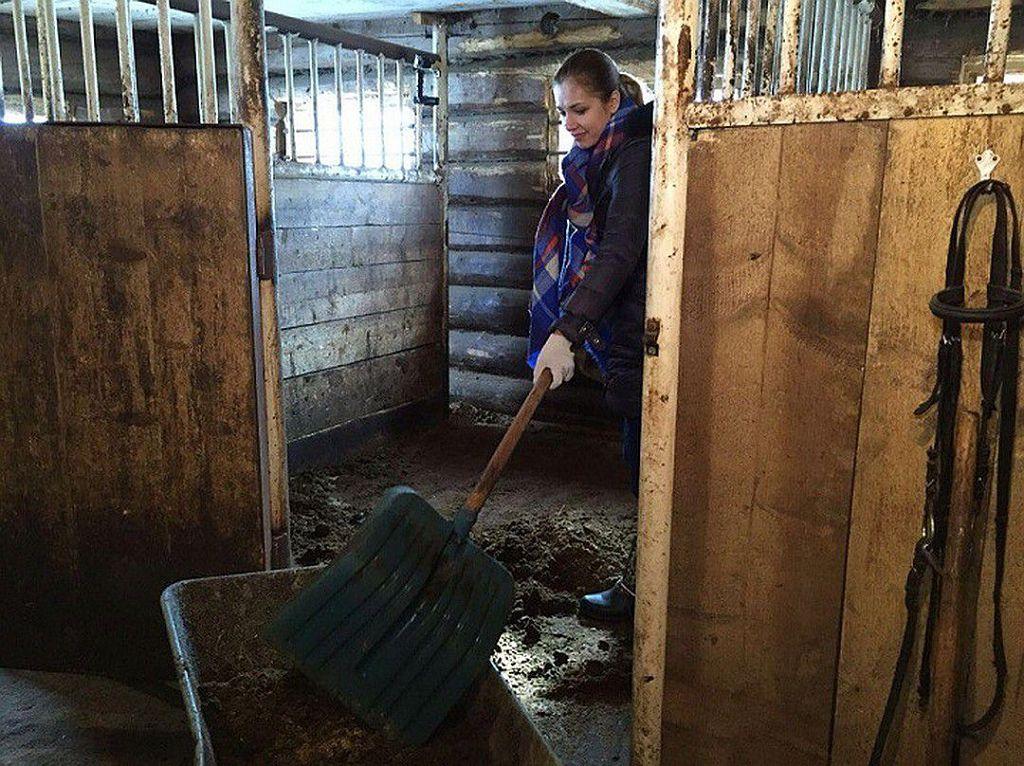
Breeding
To breed horses, you need to familiarize yourself with the features of their mating, since without this it will not be possible to get new offspring. It is recommended to engage in mating when the animals are two and a half years old. If you do this earlier, then the horse will have problems with pregnancy.
A pregnant female needs to be looked after more carefully. She needs more frequent and better feeding. You also need a veterinarian to periodically examine her and monitor the course of pregnancy. Careful grooming of a newborn mare is not necessary. For example, in the first months of life, the cub will feed only on breast milk. They begin to accustom him to solid food two months after birth.
Horse cost
People who seriously decided to breed Yakut horses are interested in the cost of animals. The price directly depends on the age of the horse. For example, an adult mare costs about fifty thousand rubles. Moreover, the cost of a small horse is 20-30 thousand.
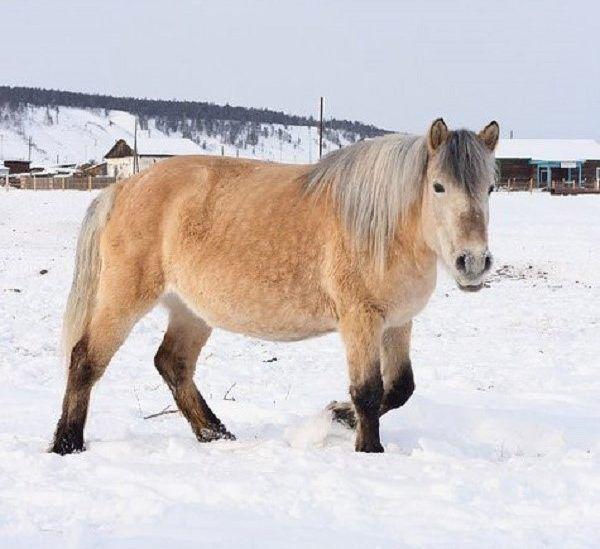
Interesting Facts
There are several interesting facts that are associated with the Yakut horses:
- Such animals are considered centenarians. Their endurance allows them to keep working for 20-30 years.
- Unpretentious in nutrition. You can feed the mares not only with fresh grass, but also pasture.
- The meat of the Yakut horses is considered healing. It contains many nutrients that help to strengthen the immune system.
Conclusion
Some owners of private plots are planning to start breeding Yakut horses. However, before that, you need to familiarize yourself with the description of such animals and with the features of caring for them.
